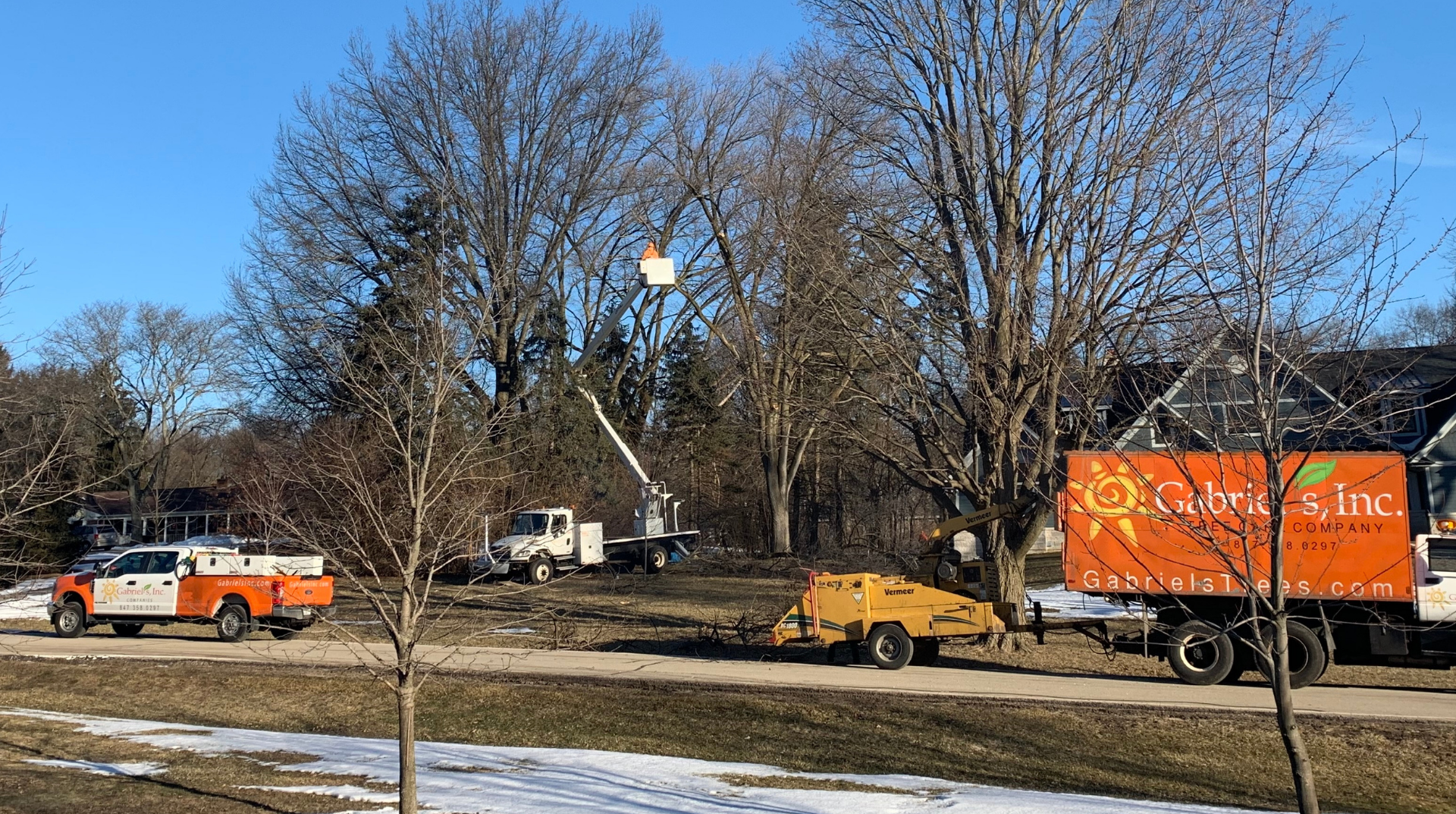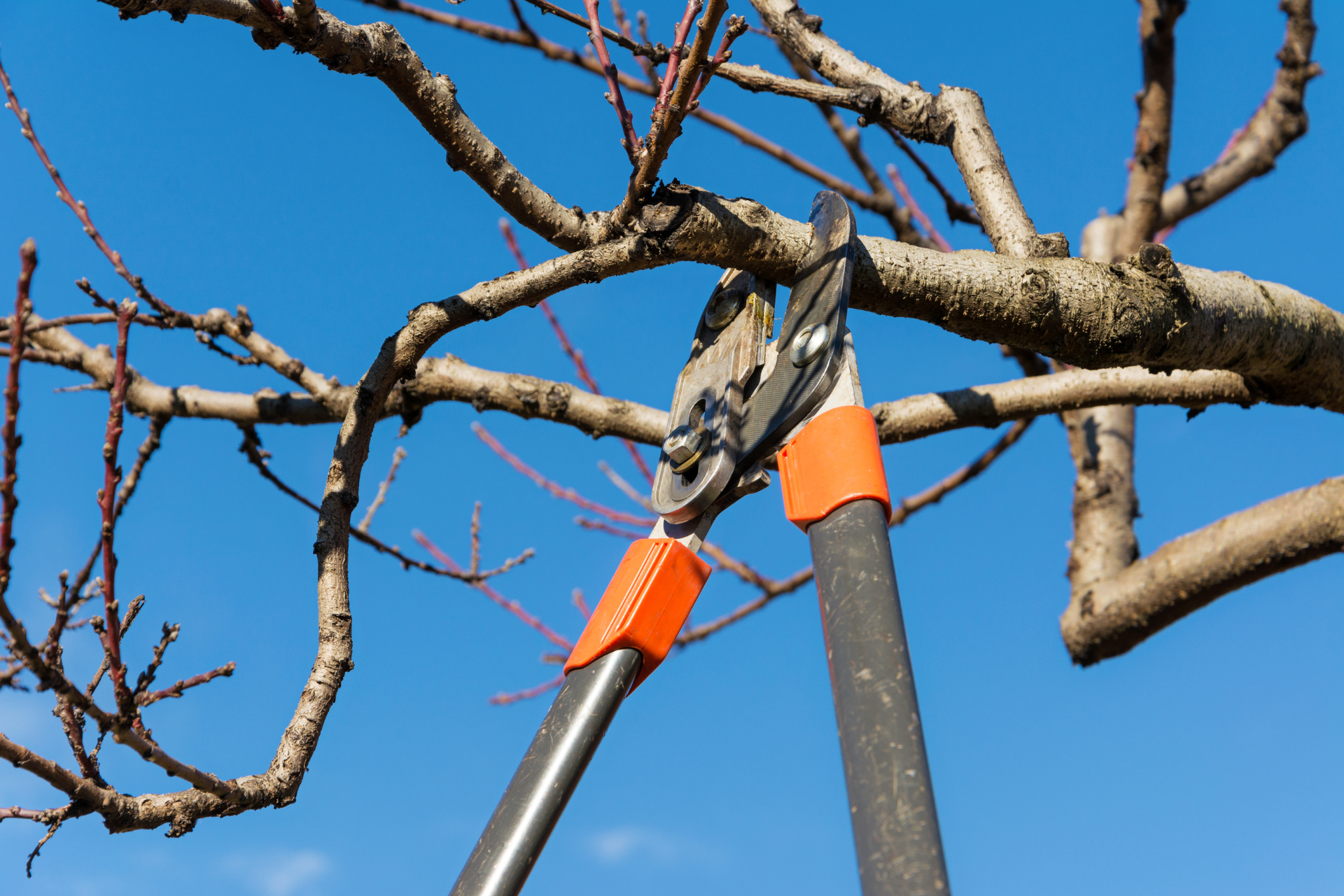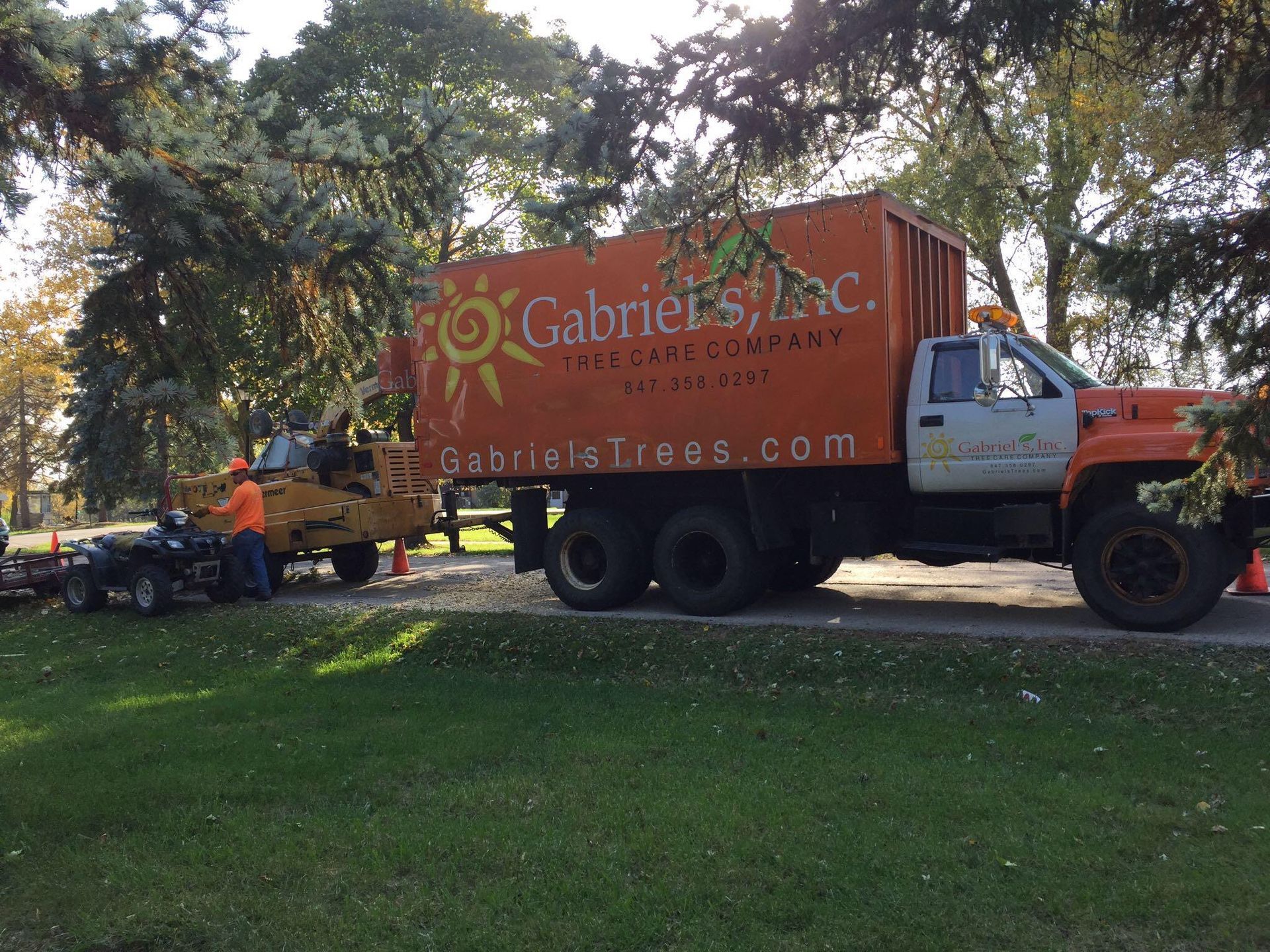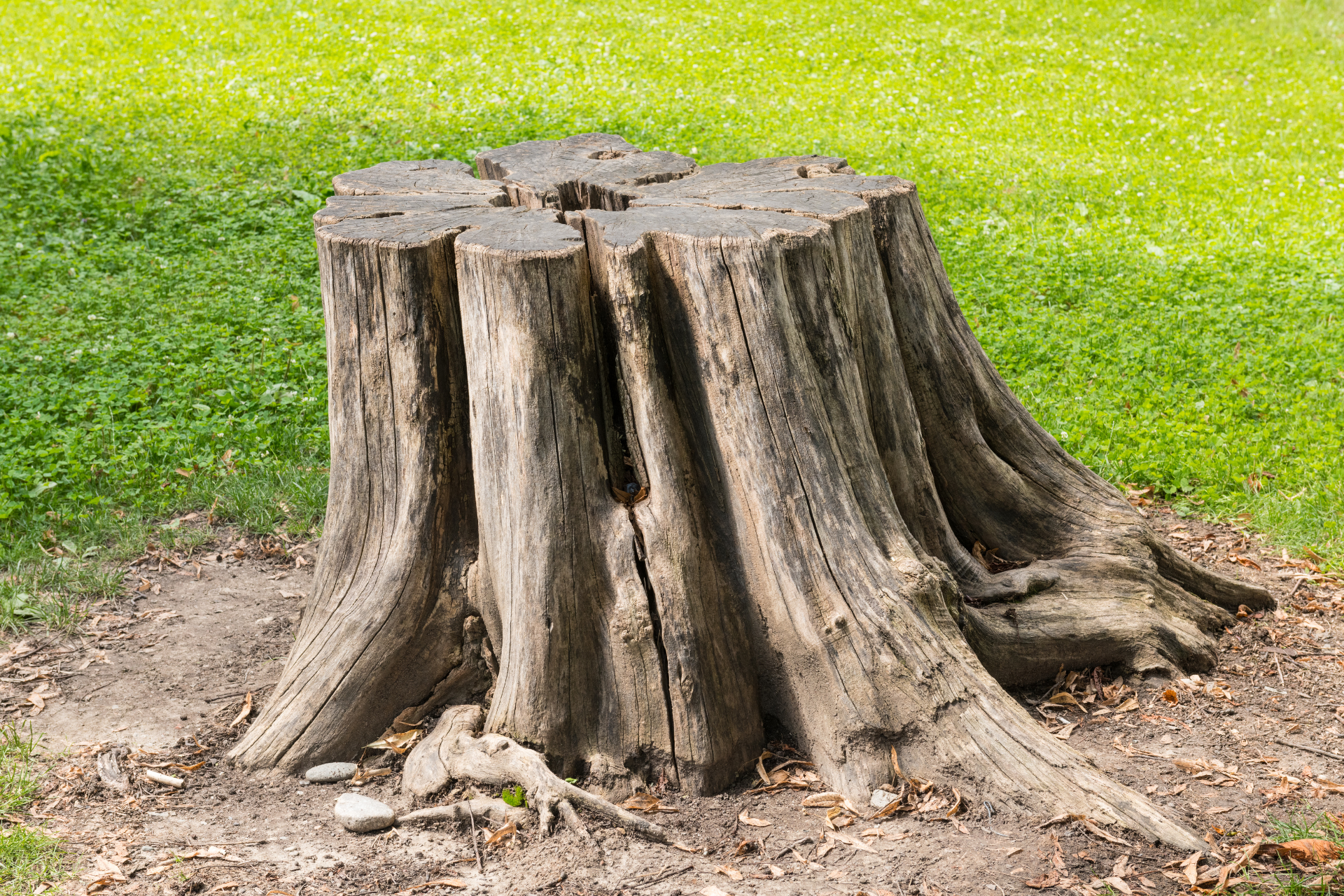How to Spot Dangerous Trees: Signs You Need Tree Removal ASAP
How to Spot Dangerous Trees to Save Your Home From Tree Damage
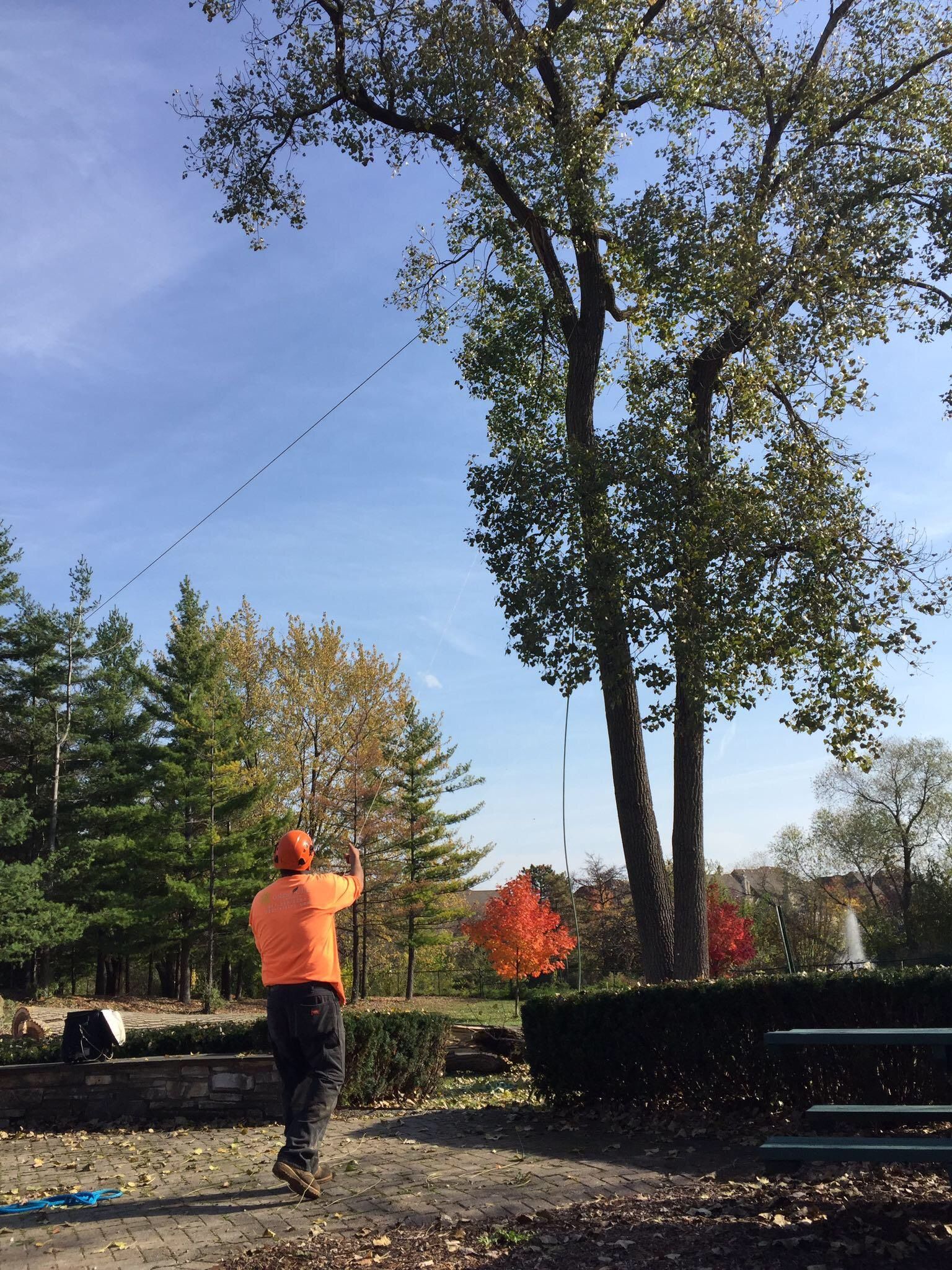
When it comes to protecting your home and loved ones, spotting dangerous trees early can make all the difference. While trees offer shade, beauty, and value to your property, they can also pose serious safety hazards if left unchecked. In this post, the experts at Gabriel’s Trees break down the critical warning signs you need tree removal services ASAP — and how to act before it’s too late.
Why Tree Risk Assessment Matters
Trees that appear healthy on the surface may be silently rotting from the inside. A structurally unsound tree can cause:
- Major property damage
- Power outages
- Personal injury or even fatal accidents
- Legal liability from falling limbs
Regular inspection and timely removal can save you thousands and protect your property’s integrity.
Top Signs a Tree Is Dangerous
- Cracks or Splits in the Trunk or Limbs:
- Deep cracks, vertical splits, or cavities can indicate internal decay. These defects weaken the tree’s structure, making it vulnerable to collapse during storms or high winds.
- Pro Tip: If you notice large, open wounds or bark peeling away from the trunk, it’s time to call a certified arborist.
- Leaning Tree That’s Suddenly Tilted
- Some trees naturally grow with a slight lean, but a sudden or severe tilt may signal root damage or soil instability. This is especially concerning after a storm or heavy rainfall.
- More than 15 degrees of lean is typically unsafe.
- Soil heaving at the base is a red flag.
- Dead or Hanging Limbs: Also known as “widowmakers,” large dead branches can fall without warning, especially in high-traffic areas like driveways, sidewalks, or patios.
- Look for limbs with no leaves during growing season.
- Dead branches in the upper canopy are especially dangerous.
- Fungus or Mushroom Growth at the Base:
- Fungal growth around the roots or trunk base often points to internal rot or decay. Certain fungi, like honey fungus or bracket fungus, thrive on dying wood and may indicate a compromised root system.
- Root Damage or Exposed Roots
- Construction, soil erosion, or trenching can damage tree roots. Since the root system anchors the tree, this type of injury may make the tree unstable and unsafe.
- Signs of root damage:
- Exposed roots
- Sparse foliage
- Sudden leaning
- Pest Infestations:
- Insects like borers, carpenter ants, and beetles often invade dying trees. Their presence can speed up decline and increase the risk of falling limbs or total tree failure.
Don’t Guess — Call the Experts
If you’re seeing any of these warning signs, don’t wait. At Gabriel’s Trees, we provide:
- Certified tree inspections
- Emergency tree removal
- Hazard mitigation and pruning
- Insurance-friendly documentation
Safety always comes first. Let us help you protect your property and peace of mind. Schedule a Free Tree Assessment Today
Your trees may look fine — until they’re not. Let the professionals at Gabriel’s Trees evaluate your property before disaster strikes.
Worried About Tree Damage? Here’s What to Do
If a tree has already caused property damage, or you're concerned about a leaning tree hanging over your home or vehicle, don’t panic — but don’t wait either.
Here’s what to do:
Stay clear of the area. Avoid walking or parking near the tree until it has been professionally inspected.
Take clear photos of the tree and any visible damage — trunk lean, cracked limbs, broken windows, or structural damage.
Send us your images via our contact form or email. A certified member of our team will review the photos and determine if a site consultation is necessary.
We offer fast-response assessments for potential hazards in and around Palatine, Schaumburg, and nearby suburbs. Whether it’s a safety concern or an active emergency, we’ll help you decide the next best step — without delay.

